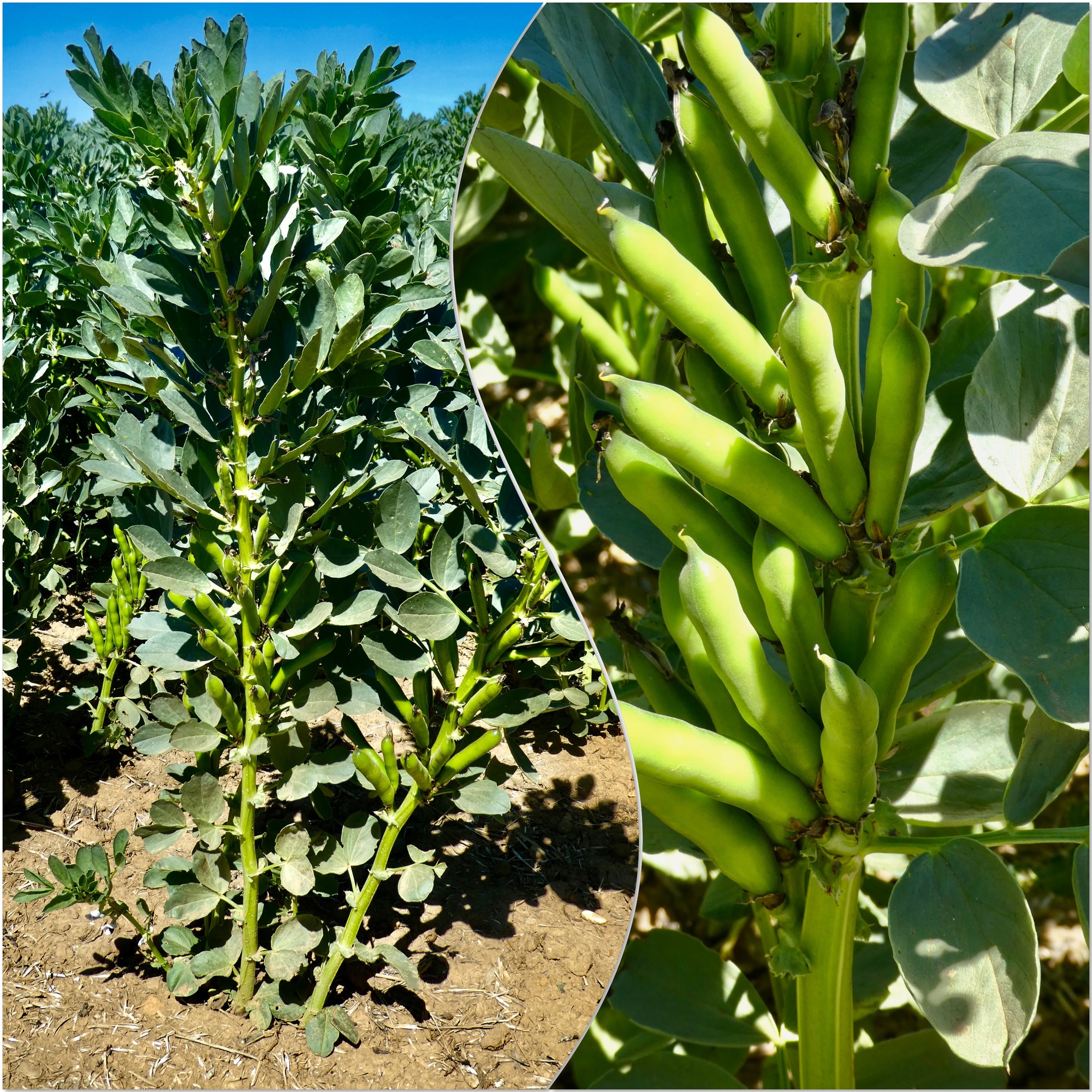July 10, 2022
In Flamborough: Seabird City
For no obvious reason other than slothishness I’ve gotten behind; and on a nine month odyssey if you get too far behind you’re in real trouble. So this is mostly a photo dump of a day that deserves better - the walk along the cliffs at Flamborough.
Flamborough is a draw for two reasons. One is for these chalk cliffs, I think the northernmost extent of these cliffs that run north from Dover. There’s a walking path right along the top of them, and for the first few miles I almost have the trail to myself (Rachael is taking nearly the same walk, but in the counterclockwise direction) and am free to stop wherever I want to check out the plants, the bugs and the views.

| Heart | 1 | Comment | 0 | Link |

| Heart | 7 | Comment | 0 | Link |

| Heart | 2 | Comment | 0 | Link |

| Heart | 5 | Comment | 0 | Link |

| Heart | 1 | Comment | 5 | Link |
https://www.rhs.org.uk/education-learning/gardening-children-schools/family-activities/grow-it/grow/broad-beans
2 years ago
2 years ago

| Heart | 1 | Comment | 2 | Link |
https://www.wildlifetrusts.org/wildlife-explorer/wildflowers/greater-knapweed
2 years ago

| Heart | 5 | Comment | 0 | Link |

| Heart | 1 | Comment | 0 | Link |

| Heart | 3 | Comment | 0 | Link |
About halfway into my eight mile loop I cross paths with Rachael going the other way, traveling faster and covering more ground than I will today. We compare notes - she tells me that the birds ahead are unbelievable, I tell her that she’ll enjoy a quiet trail for the next few miles. I let her down though and don’t think to mention the seal below that she might watch out for.
The second half of the walk is stunning. You can’t take your eyes off the gorgeous chalk cliffs of course, but the real draw is the immense number of sea birds nesting on them. They’re here in the tens of thousands, and this is the peak time for seeing them because they come here to breed and raise their young. The cliffs at Flamborough Head host one of the most important seabird colonies in Europe.
I travel slowly, stopping in wonder at each new cliff face peppered with birds that I come to. At one point I walk out to the tip of a promontory and just sit, watching and listening to the action on the cliff face and the water below and waiting for the next squadron of gannets to speed up the coast from the south, hoping to focus in on and track the racing birds in time to come away with a decent shot or two.
A bit later I come to the parking lot below the new lighthouse. It’s Sunday, a beautiful day in the middle of nesting season so of course there are crowds here eyeing the birds, sunning and picknicking on the grass above the sea, or playing on the beach below the cliffs. Also there are several volunteers from the Yorkshire Wildlife Trust, inviting people to view the nesting puffin they’ve locked their telescopes in on. I have my peek and then express my amazement at it all - the greatest concentration of sea birds I remember ever seeing. The man chuckles, and says if I want to see birds I should go a few miles further north to the cliffs below Bempton. Now they have a lot of birds, he says.

| Heart | 3 | Comment | 5 | Link |
2 years ago
To your question though. It was built by Sir John Clayton, on commission from Charles II. The plan was to erect three lighthouses around the point and earn money by charging tolls from ships rounding the point. It was to be illuminated by burning brushwood or coal on the roof. Sadly, Clayton went bankrupt before even this first one was completed.
2 years ago
(See the LePetomaine Throughway scene from "Blazing Saddles"...)
2 years ago
2 years ago
My impression is that 17th-century thinking tended to be dominated by optimism and hope rather than acknowledgment of realities and practicality.
2 years ago

| Heart | 1 | Comment | 0 | Link |

| Heart | 6 | Comment | 0 | Link |

| Heart | 0 | Comment | 0 | Link |

| Heart | 1 | Comment | 0 | Link |

| Heart | 4 | Comment | 0 | Link |

| Heart | 3 | Comment | 0 | Link |
Today's ride: 2 miles (3 km)
Total: 870 miles (1,400 km)
| Rate this entry's writing | Heart | 12 |
| Comment on this entry | Comment | 3 |
2 years ago
2 years ago















